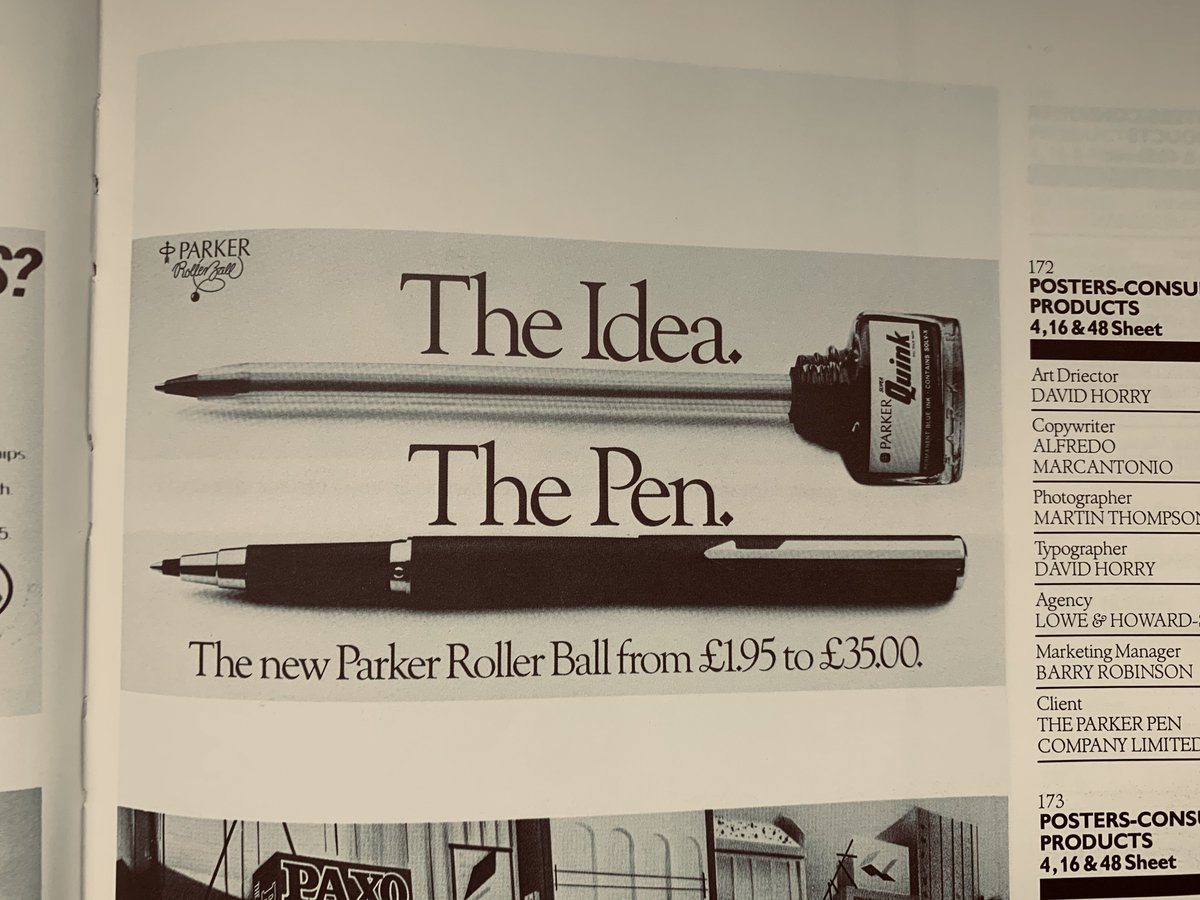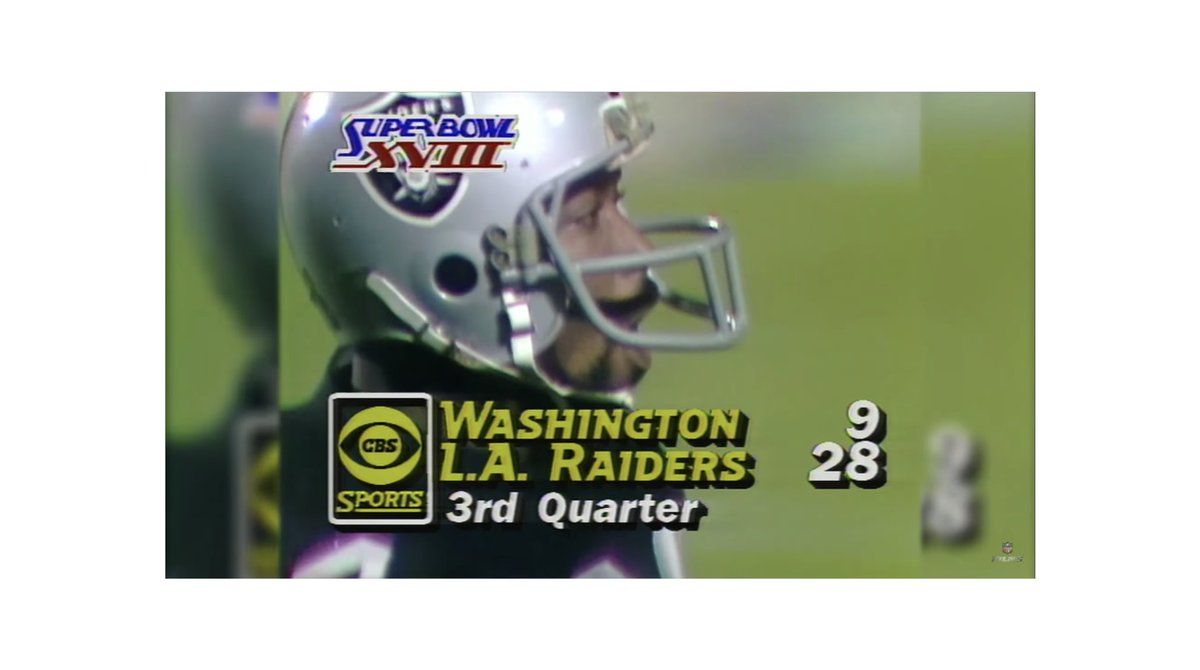
1. On March 26 1987, TV viewers in America were shown a strange-looking ad.
Short clips of people exercising flashed while “Revolution” by the Beatles played in the background. A “Nike Air” logo closed the ad.
It was Nike’s first dive into TV advertising. And it made history.
Short clips of people exercising flashed while “Revolution” by the Beatles played in the background. A “Nike Air” logo closed the ad.
It was Nike’s first dive into TV advertising. And it made history.

2. Years before however, Nike was in trouble. In the early 80s, still a long way from being a worldly recognised brand, the company was struggling to grow.
3. The brand’s leadership believed an association with high-performing athletes and a superior product were priority over marketing. 

4. A focus on product created a small cult-following for Nike during the 70s. But a different strategy was needed for their ambitious plans for the 1980s, a decade much more influenced by style and aesthetics for Nike’s potential market.
5. The early 80s were dominated by Reebok. Differently from Nike, Reebok put the aesthetics of their product above performance. They hijacked the aerobics trend and crafted their advertising for those purposes. Reebok was the mainstream brand to be beaten. 

6. In that environment, Nike began to lose sales growth, face layoffs and struggled to be considered by style-focused consumers.
The problem was not the product: Nike produced a superior shoe from a performance vantage, but Reebok dominated the minds of the fitness fanatics.
The problem was not the product: Nike produced a superior shoe from a performance vantage, but Reebok dominated the minds of the fitness fanatics.
7. Having to make the brand more attractive to consumers, Nike’s Phil Knight did what CEOs in such a position often do - he looked to their advertising agency for an answer.
8. “Hello, I’m Phil Knight and I hate advertising”. That’s how Nike’s founder introduced himself to the founders of the Wieden+Kennedy a few years before.
It was 1978 and at the time Dan Wieden and David Kenendy were a creative team at John Brown Advertising in Seattle.
It was 1978 and at the time Dan Wieden and David Kenendy were a creative team at John Brown Advertising in Seattle.

9. For a couple of years, Wieden and Kennedy wrote the straightforward, product-oriented copy Knight wanted, mostly on print because Nike didn’t trust television.
In 1982, the duo left John Brown to start their own agency, taking Nike as their only client.
In 1982, the duo left John Brown to start their own agency, taking Nike as their only client.

10. However, it would be a long way until Wieden+Kennedy got their hands on the exciting Nike briefs. In 1982, Nike handed the above the line work to Chiat/Day, in the hopes that advertising superstar Lee Clow would creatively direct the account.
11. Chiat/Day created good work for Nike, especially the ads for the 1984 Olympics in LA, but Nike grew frustrated with the lack of Clow’s involvement on the account.
12. While Nike and Chiat/Day struggled with their relationship, Wieden+Kennedy were developing their creative chops on TV with a campaign for Honda scooters featuring celebrity musician Lou Reed that became famous in America overnight.
13. Once Chiat/Day were out of the picture, Phil Knight made W+K their main agency of record. Patience had finally paid off for Wieden and Kennedy.
The first brief would be to launch Nike’s new sneaker, the Visible Air. Or Nike Air Max as we know today.
The first brief would be to launch Nike’s new sneaker, the Visible Air. Or Nike Air Max as we know today.

14. Janet Champ couldn’t stop looking at a picture of the Dakota building, the apartment building John Lennon called home in NY.
Champ and her partner, Susan Hoffman, were at the Dakota Cafe near the W+K office brainstorming ideas for the Nike brief they were working on.
Champ and her partner, Susan Hoffman, were at the Dakota Cafe near the W+K office brainstorming ideas for the Nike brief they were working on.

15. “What’s the big deal about this shoe? What’s really the story behind this shoe?” Hoffman asked.
“I guess it’s this revolutionary thing. They keep saying it’s a huge revolution.” Champ replied, keeping her eyes focused on the building.
“I guess it’s this revolutionary thing. They keep saying it’s a huge revolution.” Champ replied, keeping her eyes focused on the building.
16. Hoffman followed Champ’s eyes to the picture. Then both looked at each other and started to intuitively connect the dots on their creative idea.
“Isn’t there – isn’t there a song?” Hoffman asked and Champ said, “well, yeah, by the Beatles.”
“Isn’t there – isn’t there a song?” Hoffman asked and Champ said, “well, yeah, by the Beatles.”
17. The brilliant idea to connect the Beatles “Revolution” song with the innovative Nike Air tech came from a junior team at W+K - two young women, one of whom, Champ (left), was so junior that she was still responsible for answering the phones. 

18. Wieden recalled reviewing ideas for the ad, “of all the stuff we had – there were a lot of powerful explanations, the benefits were there. But the one you couldn’t get out of your mind was this ‘Revolution’ idea. So we presented it, with a bit of trepidation, to clients.”
19. The client’s response to the proposed campaign speaks volumes: “You’ve given me my Lou Reed”
With the idea sold to Nike, W+K started the most contentious part of the process: getting the rights to the song.
With the idea sold to Nike, W+K started the most contentious part of the process: getting the rights to the song.
20. The ownership of rights to the Beatles catalogue was a mess. Capitol had the mechanical rights. In 1985, Michael Jackson had purchased the performance rights. Plus, Yoko Ono was considered the best proxy for John Lennon’s own intentions for the songs he wrote. 

21. W+K initially reached out to Jackson’s reps, who were on board given the hefty fee proposed. Ono then gave her nod after being pitched the idea for the ad.
Citing reasons for the green light, Ono said “she said she wanted the music to be enjoyed by “a new generation”.
Citing reasons for the green light, Ono said “she said she wanted the music to be enjoyed by “a new generation”.

22. With the rights secured, the W+K team turned into the production of the ad.
The brief for the ‘Revolution’ ad was to “create a feeling and not tell a story” recalls director Peter Kagan.
The brief for the ‘Revolution’ ad was to “create a feeling and not tell a story” recalls director Peter Kagan.
23. The overall theme was a “revolution in fitness lifestyle”, but it was about “feeling good”, not “looking good”.
24. There are four product shots, all so quick they are nearly subliminal. “Nike Air” and the swoosh at beginning and end. A few seconds in is a Nike neon sign. There is no voiceover, no “Just Do It” (that line had not yet been coined), and only a quick flash of Michael Jordan.
25. On March 26 1987, on a commercial break during The Cosby Show, Nike first aired “Revolution in Motion”.
26. Nike credits the “Revolution” ads for its 1987 turnaround. Orders increased 30% immediately and sales doubled over the next two years.
27. The advertisement seems to have had the impact of transforming Nike from a company that sold shoes into a marketing organisation. The transformation is best described by Phil Knight: 

28. As the ad aired, Nike and W+K got sued for $15 million by Apple Records, the original owners of the Beatles rights, claiming that, even though Nike had obtained the rights of the music, it had used the Beatles’ “persona and good will” without permission.
29. Nike stopped running the ads early in 1988, and the case settled out-of-court on terms that have been kept secret since.
30. Sources:
rollingstone.com/culture/cultur…
amazon.co.uk/Advertising-Re…
fastcompany.com/40401379/thirt…
latimes.com/archives/la-xp…
apnews.com/0eeec86d9bd2f1…
aaaa.org/timeline-event…
qz.com/936931/nike-ai…
rollingstone.com/culture/cultur…
amazon.co.uk/Advertising-Re…
fastcompany.com/40401379/thirt…
latimes.com/archives/la-xp…
apnews.com/0eeec86d9bd2f1…
aaaa.org/timeline-event…
qz.com/936931/nike-ai…
• • •
Missing some Tweet in this thread? You can try to
force a refresh















